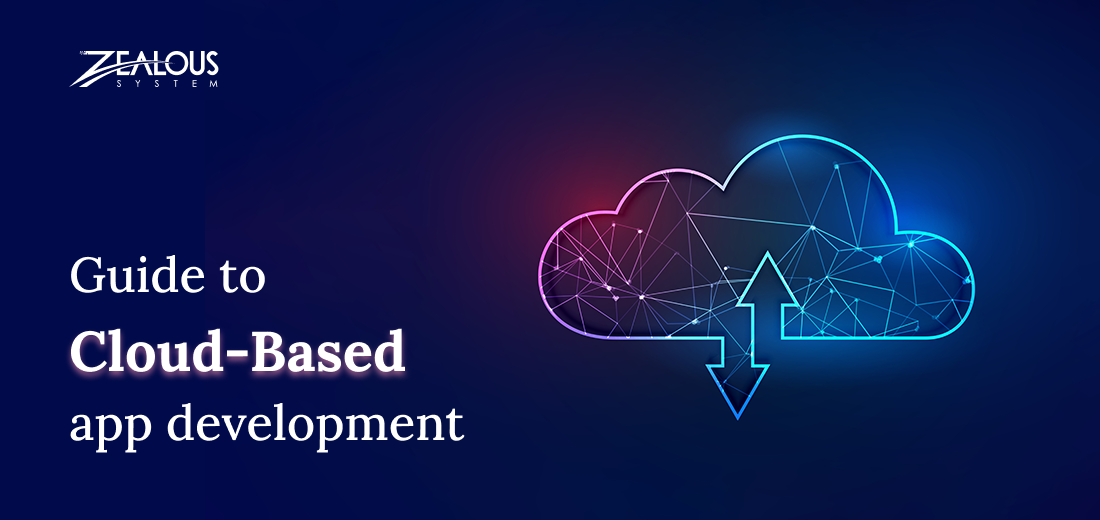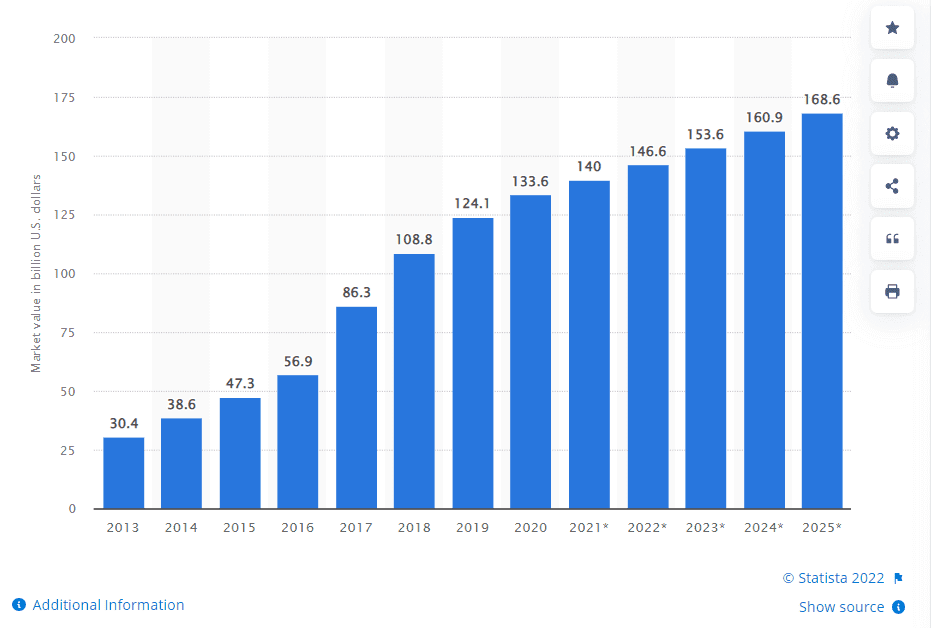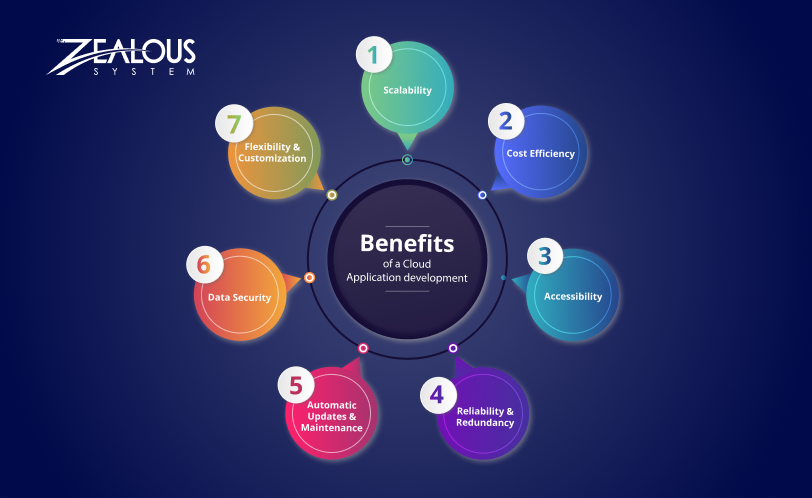
- Company
- Services
- UI/UX Design Services
- Microsoft Dynamics 365
- Mobile App Development
- AI Software Development
- Web App Development
- Generative AI Development
- Digital Product Development
- Enterprise Mobility
- SaaS Application Development
- Application Integration
- White-label WP Maintenance
- ERP Software Solutions
- Software Testing
- Offshore Development Center
- Let’s Connect
- Trending
- Technology
- Industry
- Build Your Team
- Our Work
- Company
- Services
- UI/UX Design Services
- Microsoft Dynamics 365
- Mobile App Development
- AI Software Development
- Web App Development
- Generative AI Development
- Digital Product Development
- Enterprise Mobility
- SaaS Application Development
- Application Integration
- White-label WP Maintenance
- ERP Software Solutions
- Software Testing
- Offshore Development Center
- Let’s Connect
- Trending
- Technology
- Industry
- Build Your Team
- Our Work
We use cookies and similar technologies that are necessary to operate the website. Additional cookies are used to perform analysis of website usage. please read our Privacy Policy
Cloud App Development: Benefits, Development Process and Costs

Cloud application development is the process of creating software applications that are hosted and managed on cloud computing platforms. Cloud applications offer a number of benefits over traditional on-premises applications, including scalability, flexibility, cost-effectiveness, and reliability.
Cloud application development is like the superhero of tech because around 95% of computing processes will be transitioning to cloud, as per the Cisco Reports. Whether you’re a tech nerd, an up-and-coming coder, or a business owner itching for innovation, knowing about cloud app development is like having a backstage pass to the future of the software world.
But what’s the buzz all about? Well, hang on tight because in this blog, we’re going into the cloud and removing back the curtain on this process. There’s a projected growth of the global cloud-based app market marking a $133.6 billion in 2020 to $168.6 billion by 2025.
What is a Cloud-Based Application?
A cloud-based application is a software application that is hosted and managed on a cloud computing platform. This means that the application’s code, data, and infrastructure are stored and processed on remote servers, rather than on individual users’ computers.
This setup offers flexibility and convenience, as the heavy lifting is done elsewhere, and you can access your applications from anywhere with an internet connection. Let’s go through some characteristics for a better understanding:
Characteristics Of A Cloud-Based Application
Cloud-based applications have a number of characteristics that distinguish them from traditional on-premises applications. These characteristics include:
- Users can provision and manage cloud resources, such as computing power, storage, and networking, without the need for human intervention.
- Cloud-based applications can be accessed from anywhere with an internet connection. This makes them ideal for businesses with remote employees or customers.
- Cloud providers pool computing resources and make them available to multiple users on a pay-as-you-go basis. This can help businesses to save money on IT costs.
- Cloud-based applications can be scaled up or down quickly and easily to meet changing demand. This makes them ideal for businesses with fluctuating workloads.
- Cloud providers track the usage of cloud resources and bill users accordingly. This helps businesses to control their IT costs.
Benefits of a Cloud Application development
Here are some of the benefits of cloud application development:
Scalability
One standout advantage of cloud application development is its scalability. Unlike traditional on-premises software, which demands substantial initial investments in hardware and infrastructure, cloud applications empower businesses to easily adjust their scale as required. This means you can commence with a modest setup and expand effortlessly as your business grows, all while avoiding the complexities of procuring and maintaining costly hardware.
Cost Efficiency
The world of cloud application development embraces cost-effectiveness. By eliminating the necessity for on-premises infrastructure, you can effectively curtail expenses related to hardware and maintenance. Cloud providers proffer pay-as-you-go pricing models, enabling you to pay solely for the resources and services you actively utilize. This aids in cost optimization, simplifying budget management for businesses.
Accessibility
Cloud applications extend accessibility to virtually anywhere with an internet connection. This implies that your workforce can operate from home, while on the move, or from various global locations. Enhanced accessibility not only fosters collaboration but also empowers businesses to tap into a global talent pool and serve customers with increased efficiency.
Reliability and Redundancy
Cloud providers make substantial investments in guaranteeing the reliability and availability of their services in the context of cloud application development. They employ redundant data centers and backup systems to minimize downtime.
Achieving such levels of redundancy is frequently unattainable for individual organizations relying on on-premises solutions. With cloud applications, you can have confidence that your data and services are well protected in the context of cloud application development.
Automatic Updates and Maintenance
Handling software updates and maintenance can be a time-consuming and resource-intensive endeavor. Cloud application development providers shoulder this responsibility for you. They consistently roll out updates and security patches, ensuring that your applications remain current and secure.
Data Security
Security stands as a paramount concern for businesses engaged in cloud application development, and cloud providers treat it with utmost seriousness. They employ advanced security measures, including encryption, firewalls, and access controls, to safeguard your data during the entire cloud application development lifecycle.
Flexibility and Customization
Cloud application development facilitates heightened flexibility and customization. You can select from a broad array of pre-built services and APIs to tailor your applications to your precise requirements. This agility empowers businesses to swiftly adapt to shifting market conditions and evolving customer preferences.
Real Life Examples Of Cloud Applications
There are many real-life examples of cloud applications. Here are a few:
Google Workspace:
Google Workspace is a cloud-based suite of productivity tools that includes Gmail, Google Docs, Google Sheets, Google Slides, and more. It allows users to collaborate in real-time on documents, spreadsheets, and presentations, enhancing productivity and enabling remote work.
Salesforce:
Salesforce is a cloud-based customer relationship management (CRM) platform that helps businesses manage customer interactions, sales, and marketing. It provides a 360-degree view of customers, streamlining sales processes, and improving customer satisfaction.
Netflix:
Netflix is a popular streaming service that delivers movies and TV shows over the internet.
Subscribers can access a vast library of content from various devices, demonstrating the scalability and accessibility of cloud applications.
Dropbox:
Dropbox is a cloud storage and file-sharing service that allows users to store and share files securely. It simplifies file collaboration and provides easy access to documents from anywhere, improving productivity and data security.
Slack:
Slack is a cloud-based team collaboration platform that enables real-time communication and file sharing. It enhances team communication, reduces email overload, and fosters collaboration among remote and distributed teams.
Zoom:
Zoom is a cloud-based video conferencing and communication platform. It became crucial for remote work, online education, and virtual events during the COVID-19 pandemic, showcasing the scalability and adaptability of cloud applications.
Microsoft 365:
Microsoft 365 is a cloud-based suite of productivity tools, including Word, Excel, PowerPoint, and Teams. It offers seamless integration with desktop applications and cloud storage, improving collaboration and remote work capabilities.
How To Develop A Cloud Based Application?
Here are the steps involved in developing a cloud-based application:
Step 1: Define Your Application and Goals
Before you start developing a cloud-based application, it’s essential to have a clear understanding of what you want to achieve. Define the purpose, features, and objectives of your application. Consider:
- Target Audience: Who will use your application? Understanding your users’ needs is crucial for a successful application.
- Functionality: List the core features and functionalities your application will provide. Break them down into smaller, manageable components.
- Scalability: Think about how your application will scale as user demand grows. Scalability is one of the key benefits of cloud-based solutions.
Step 2: Choose the Right Cloud Service Model
Cloud-based applications can be developed using various service models:
- Infrastructure as a Service (IaaS): You manage the underlying infrastructure (servers, storage, networking). Good for customizability but requires more management.
- Platform as a Service (PaaS): The cloud provider manages the infrastructure, allowing you to focus on application development. Ideal for reducing operational overhead.
- Software as a Service (SaaS): You use a ready-made application hosted in the cloud. This is suitable for applications like email services or customer relationship management.
Choose the model that aligns with your project’s requirements and your team’s expertise.
Step 3: Select the Right Cloud Provider
Major cloud providers like Amazon Web Services (AWS), Microsoft Azure, and Google Cloud Platform (GCP) offer a range of services. Factors to consider when choosing a provider include:
- Cost: Compare pricing models, including pay-as-you-go, reserved instances, and spot instances.
- Services: Assess which cloud provider offers the services and tools that match your application’s needs.
- Region Availability: Consider where your users are located and select data center regions accordingly for lower latency.
Step 4: Design Your Application Architecture
Designing the architecture of your cloud-based application is a crucial step. Here are some key principles:
- Microservices: Break your application into smaller, independent services. This allows for easy scaling and maintenance.
- Load Balancing: Distribute traffic evenly across multiple servers to ensure high availability and reliability.
- Data Storage: Choose appropriate databases, such as SQL or NoSQL, based on your data requirements.
- Security: Implement security best practices like encryption, access control, and continuous monitoring.
Step 5: Develop Your Application
The development phase involves writing code, creating databases, and integrating various components. Follow these best practices:
- Version Control: Use tools like Git to track changes in your codebase and collaborate with your team.
- Continuous Integration/Continuous Deployment (CI/CD): Automate your development pipeline to ensure smooth code integration and deployment.
- Monitoring: Implement monitoring and logging to detect and address issues promptly.
Step 6: Testing and Quality Assurance
Thoroughly test your cloud application development to ensure it meets the defined requirements and works as expected. Types of testing include unit testing, integration testing, and user acceptance testing.
Step 7: Deployment and Scaling
Deploy your cloud application to the cloud environment. Use auto-scaling features to adapt to changes in user demand. Monitor resource usage and scale your cloud application as needed.
Step 8: Maintenance and Optimization
Cloud-based applications require ongoing maintenance. Regularly update your cloud application, monitor performance, and optimize resources to reduce costs.
Step 9: Security and Compliance
Continuously assess and enhance security measures. Regularly audit and ensure compliance with industry regulations and standards.
Step 10: Backup and Disaster Recovery
Implement robust backup and disaster recovery plans to safeguard your cloud application development and data against unexpected events.
Step 11: User Support and Feedback
Cloud application development can greatly benefit from providing excellent customer support and gathering user feedback to make continuous improvements and enhance the overall user experience.
Step 12: Monitoring and Improvement
Cloud application development often involves the use of monitoring tools to track application performance and user behavior. Analyzing the data collected from these tools is essential to identify areas for improvement and future enhancements in your cloud-based applications.
How much does it cost to build a cloud-based application?
The cost of building a cloud-based application can vary depending on a number of factors, including the complexity of the application, the features and functionality required, the cloud platform used, and the development team’s experience.
A basic cloud-based application with basic functionalities and features can cost between $40,000 and $150,000. A complex application with high-end features and functionalities can cost more than $150,000.
Here are some of the factors that can affect the cost of building a cloud-based application:
- Complexity: The complexity of the application will affect the amount of time and resources required to develop it. A more complex application will require more time and resources, and therefore will be more expensive to develop.
- Features and functionality: The features and functionality required for the application will also affect the cost. An application with more features and functionality will require more time and resources to develop, and therefore will be more expensive.
- Cloud platform: The cloud platform used will also affect the app development cost. Some cloud platforms are more expensive than others.
- Development team’s experience: The experience of the dedicated development team will also affect the cost. A more experienced team will be able to develop the application more quickly and efficiently, and therefore will be less expensive.
Tech Challenges In Cloud-Based App Development
Cloud-based application development is a complex process that involves a number of technical challenges. Here are some of the most common challenges:
Security Concerns
Developers need to implement robust encryption and access control mechanisms to mitigate these risks. When considering your cloud app development project, it’s crucial to hire mobile app developer with expertise in security protocols and data protection to ensure your users’ information remains secure.
Ensuring compliance with data protection regulations like GDPR or HIPAA is essential. Navigating these regulatory landscapes can be challenging.
Scalability
Properly allocating resources in a cloud application development environment can be complex. Underestimating resources can lead to poor app performance, while overestimating can result in unnecessary costs.
Distributing incoming traffic evenly across multiple servers or instances is crucial for maintaining app availability and responsiveness.
Latency and Bandwidth
Cloud-based apps often rely on data transfers between the user’s device and cloud servers. High network latency can result in slow app performance. Developers in cloud application development must optimize data transfer protocols and use content delivery networks (CDNs) to mitigate this.
Excessive data transfer can lead to unexpected bandwidth costs. Developers need to monitor and manage data transfer efficiently.
Data Integration
Cloud-based apps often require integration with various data sources, such as databases, APIs, and third-party services. Ensuring seamless communication between these sources can be complex, making cloud application development a crucial aspect of building robust and interconnected applications in the cloud.
Maintaining data consistency across different cloud services and databases is challenging, especially in distributed systems.
Vendor Lock-In
Selecting a cloud provider locks developers into their ecosystem. Transitioning between providers can be difficult and costly. Ensuring vendor-agnostic solutions or using multi-cloud strategies can mitigate this risk.
Monitoring and Debugging
In a cloud environment, it’s crucial to have comprehensive monitoring and debugging tools to identify and address issues quickly. Implementing proper logging and monitoring
solutions are essential.
Debugging in a distributed system can be more challenging than in a traditional environment. Tracing and diagnosing issues across multiple components and services require specialized skills.
Cost Management
Cloud-based apps are billed based on resource consumption, which is a crucial aspect of cloud application development. Developers need to continuously optimize resource usage to prevent unexpected cost spikes. Implementing auto-scaling and resource tagging can help control costs.
Compliance and Auditing
Maintaining audit trails for compliance and security purposes can be complex in a cloud environment. Ensuring that all actions and data access are logged and auditable is essential for regulatory compliance in cloud application development.
Service Outages
cloud application development providers may experience outages, which can affect app availability. Implementing failover mechanisms and disaster recovery plans is critical to minimize downtime.
Legacy Integration
Integrating cloud-based components with legacy systems can be daunting in cloud application development. Compatibility issues, data migration, and ensuring smooth coexistence can be major challenges.
How Can Zealous Help You With Cloud App Development?
At Zealous, we know that the future of business is in the cloud application development. Our expert dedicated developers specialize in making apps for the cloud, which is like using a super-powerful computer on the internet. We can help you make special apps that make your work easier, faster, and help people in your company work together better. Whether you want to move your current apps to the cloud or make new ones that work best with the cloud, we’re really good at making it happen.
We know that every business is different, so we make sure our cloud application development services fit exactly what you need. With Zealous, you can be sure that your cloud app will not only work for you now but also change and improve as your business grows in the digital age. Don’t miss the chance to join the cloud revolution – work with Zealous – a cloud mobile app development company, and your business will go higher and higher!
We are here
Our team is always eager to know what you are looking for. Drop them a Hi!
Zealous Team
Meet the Zealous Team – your dedicated source for cutting-edge insights on the latest technologies, digital transformation, and industry trends. With a passion for innovation and a commitment to delivering unparalleled expertise.
Table of Contents
×



Comments